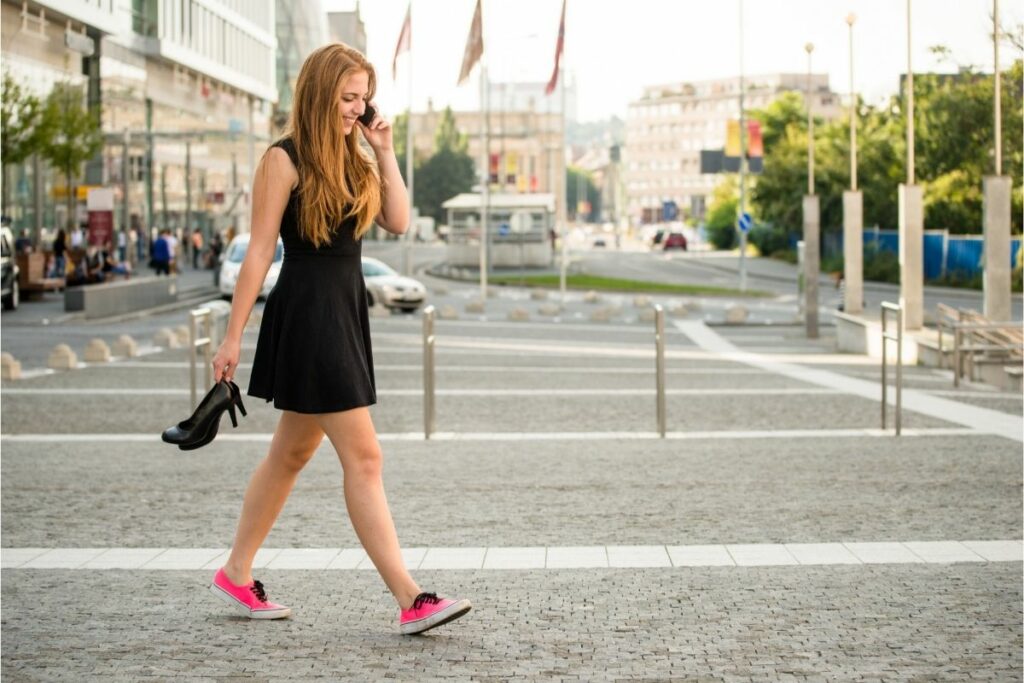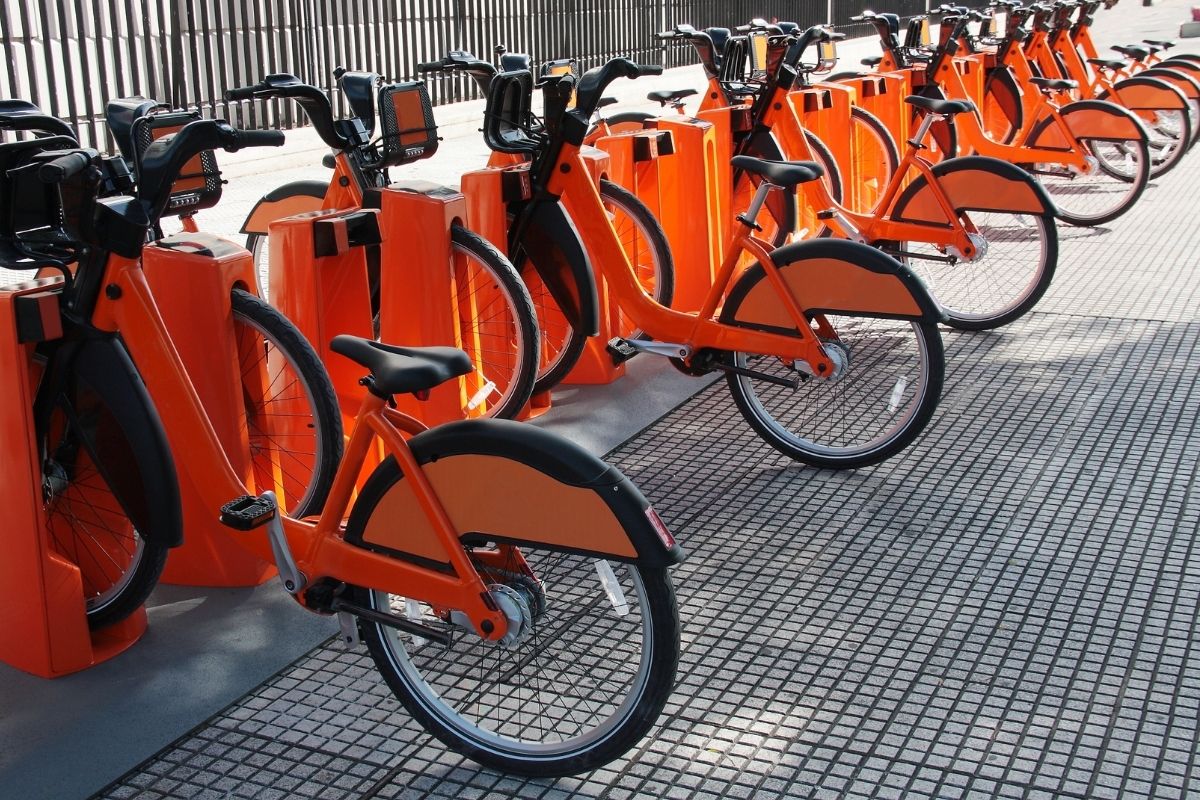Kicking-off in 2010, a government-funded bike-sharing scheme was present in Melbourne’s central business district for nine years before it was shut down in 2019 due to a lack of use.
This was a real shame for the city, however, thankfully Lime and Uber partnered in 2020 to bring bike-sharing back to Melbourne’s streets.
This private scheme is unique in that it solely uses electric bikes to give Melbournians and tourists alike an easier ride into, and around the city.
Anyone can access these e-bikes using the Lime and Uber apps, however, they don’t come cheap. Costing $1 to unlock, and 45 cents per minute of use, a weekly bill can stack up quickly if you’re looking to use the service every day.
The option of an e-bike day pass at a cost of $16.99 is also available on this scheme.
This can work wonders for tourists looking to do a cycle tour over the city, but for locals wanting to use the service every day, a day pass is far from economical.
So what are the alternatives? In this article, we are going to take a brief look at alternative modes of transport to bike-sharing that make sense within the iconic Australian city of Melbourne.
Owning/ Cycling Personal Bike
While bike-sharing is an invaluable service for some people, its value pails in comparison to owning a bike for most cyclists.
The benefits of having a bike at home that you can step onto and cycle as soon as you leave your house are huge for people who ride to work every day.
Not only can you buy a bike that is tailor-made to your style of cycling, but you will be able to save on ongoing costs too.
Of course, the initial outlay will be a bit of a hit, but once you’ve been cycling for a few months, this cost will seem like a distant thing of the past.
Cycling is great exercise, produces zero carbon emissions, and, owning your own bike gives you the freedom to go wherever you want, whenever you want, in your own time.
Which in turn gives you a real sense of personal achievement every time you get to where you’re going, knowing that your two legs got you there.
Running
Although it may not seem like the most practical means of travel on first inspection, running can be a great way of keeping the daily exercise regime, while skipping on the cost and hassle that comes with bike-sharing.
More and more companies around Melbourne are now making it a priority to fit their workplaces with employee showers.
A quick shower at work will have you feeling alert and ready for the workday because you only went and ran to work now didn’t you.
There’s no denying that running loses its shine when you’re looking to head into town for a spot of weekend shopping and would prefer not to be a sweaty mess by the time you get there, but hey, there’s another alternative for that.
Walking

Probably the most underrated means of travel, but arguably the best, walking can be a pleasurable experience all in itself.
Not only does it take the stress out of getting from point A to point B, but unlike cycling and running, you won’t need to take a shower when you reach your destination.
Sure, you may have to account for more travel time, but when you factor in the potential hassle of empty/ full docking stations with bike-sharing, the total time from door to door may be closer than you think.
Walking is also a great form of exercise for people who like to reach their step-count in a more casual context.
Tram
A true icon of the city, Melbourne’s electric tram service has been serving its people and tourists for over 130 years.
As the transport sector moves toward a greener future through ditching the reliance on fossil fuels and going electric, trams and trains will be a large part of this.
At present, Melbourne has a fleet of about 475 trams, which play a vital role in linking Melbourne’s inner-city suburbs and the city centre.
The best thing about Melbourne’s tram service is that they even have a city centre “free tram zone”, and who doesn’t like travelling for free?
Train
Linking the outer suburbs with the city centre, Melbourne trains run on an extensive network of lines that help people from far and wide come to the vibrant city.
Trains are safe, secure, energy-efficient modes of transport that are ideal for people who don’t fancy their chances dicing and weaving through the city traffic each morning.
For locals who don’t live near a bike-sharing docking station or the city centre, trains are a vital mode of transport that does away with the costs and stress of driving to work each day.
Car
If you’ve exhausted all avenues, and the other modes of transport aren’t suited to your set of travelling needs, at least the car will be there for you.
Love it or hate it, our dependency on cars here in Melbourne, across Australia and around the world is still very much a thing.
And we get it, busy families with young children are reliant on the convenience that owning and driving a car gives them, but not everyone who drives needs to.
People who drive into the city centre to work in an office all day then drive home again could massively benefit from trialling more active ways of getting to work.
Even if a commuter lives outside of the city, they could drive to the outskirts of the city, and cycle, run, walk, or jump on a tram the rest of the way.
Summary
Melbourne is a multicultural hub of creativity and enthusiasm. What you notice straight away about Melbourne and its people is that they have a real eagerness for life.
This excitement is infectious, and plays a big part in what makes Melbourne such a desirable place to live, and visit.
And is what will help to put Melbourne on the world stage, as a cleaner, greener city of the future.
We hope this article has helped you to discover the city from the viewfinder of transport so that you can find the best way of getting around the city for you.
- Melbourne Bike Share App: Short Review - February 7, 2022
- Cycling Rules In Melbourne - February 4, 2022
- Bike Sharing In Melbourne: What Are The Alternatives - February 4, 2022








